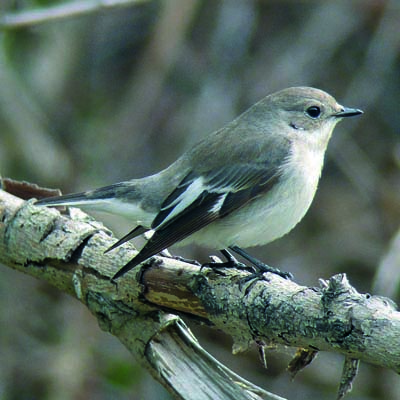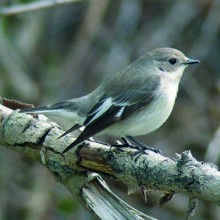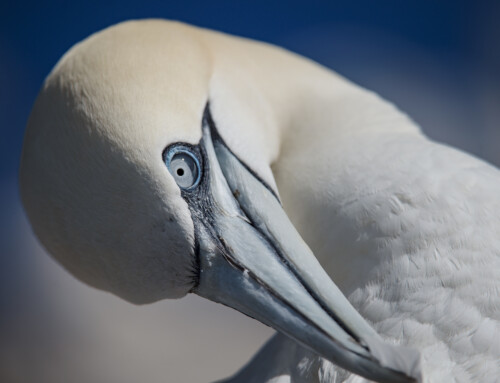Are first arrival dates a good measure of phenology?
LINKED PAPER
Quantifying the robustness of first arrival dates as a measure of avian migratory phenology.
Anne E. Goodenough, Stacey M. Fairhurst,
Julia B. Morrison, Martin Cade, Peter J. Morgan & Matt J. Wood. 2014. IBIS. DOI: 10.1111/ibi.12227
The changes in our climate have led considerable focus on the impacts of climate change on species, including phenology (the timing of seasonal events). Our recent paper analysed migration arrival records from almost 300,000 birds in 28 species over a 42 year period to answer a key question: are first arrival dates a good measure of phenology?
Most phenology research uses the first occurrence of an event: first bud-burst, first flowering, first breeding and so on. In studies of bird migration using first arrival dates goes back to Gilbert White’s work in the late 1700s. First arrival dates are an easily discernible measure, but because they are based on just one record per year, they are outliers by their very definition.
Portland Bird Observatory, Dorset, UK, has been undertaking a daily bird censuses (number of individuals per species per day) since it became an active observatory in 1961. Because survey effort is fairly consistent and recording is done every day, this gave us a rare opportunity to calculate mean arrival dates and compare them to first arrival dates. We also took a somewhat unusual approach to the research by setting up a mixed research team of academics, observatory personal, and bursary-funded final year undergraduate students, all of whom bought different skills and expertise to the project.
The number of species that showed phenological change over time was approximately equal regardless of whether first dates (13/28 species) or mean dates (12/28 species) were used, but there were mismatches. Four species showed an advance for mean dates only (Common Tern, Sedge Warbler, Garden Warbler, Reed Bunting). Phenological change in these species would not have been detected if only first arrival dates were analysed. Conversely, Black Tern, Hobby, Reed Warbler, Wheatear and Pied Flycatcher all showed advances in first dates but not mean dates – this suggests the first bird is getting progressively earlier but that this is not seen in at the overall population level.
There was a significant relationship between first and mean arrival dates for 21 of the 28 study species but relationships were weak, with first date explaining an average 18.5% of variability in mean date. First dates explained >50% of variability in mean dates in only three species: Mediterranean Gull, Short-eared Owl, and Stonechat. There was a big difference in how strongly first arrival date related to mean arrival date between species. First arrival date was a reasonably strong proxy for mean arrival (and thus overall phenology) for short distance migrants who had wintered in the Mediterranean and Northern Africa, such as Blackcap and Stonechat. It was a much poorer proxy for birds coming to the UK from Sub-Saharan Africa, such as the Sedge Warbler and Chiffchaff.
This study demonstrates the issues with using “first event” phenological metrics, which has implications for numerous studies across biology. The take home message is that mean arrival dates should be used where possible First event metrics can be useful and in some cases are the best we have (as in historic datasets, for example), but should be interpreted with caution, especially if the aim is to quantify overall [average] phenology. These insights would not have been possible without a long-term dataset, such as the one at Portland, underlining the research value of such data recording.
Collared Flycatcher © Steve P. Dudley
If you want to write about your research in #theBOUblog, then please see here.





